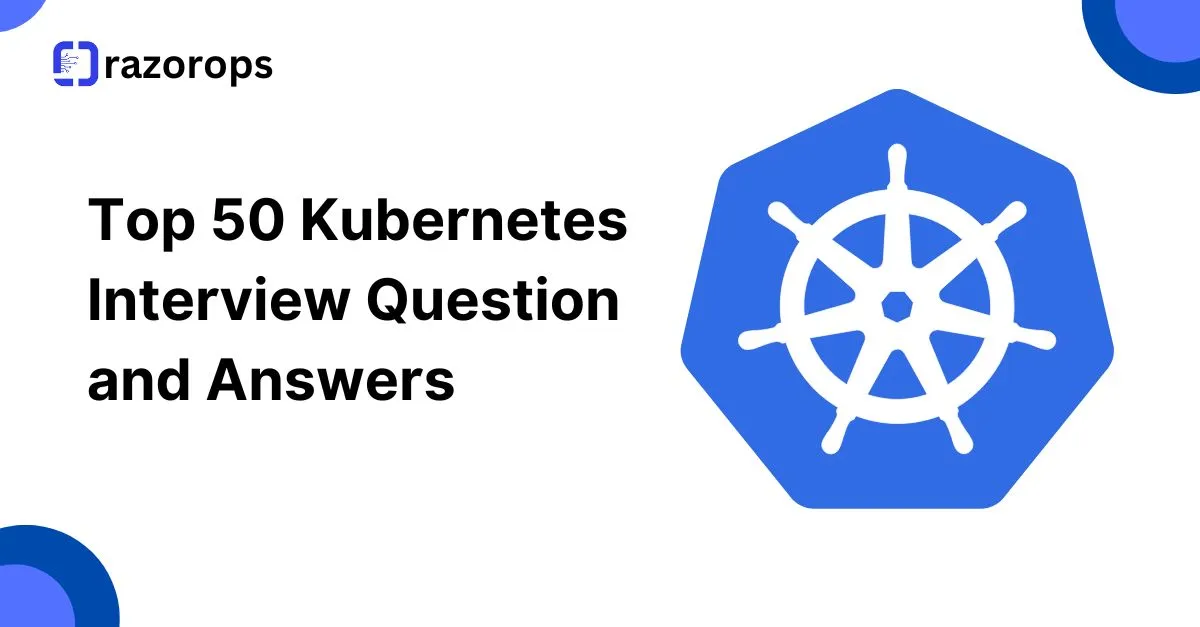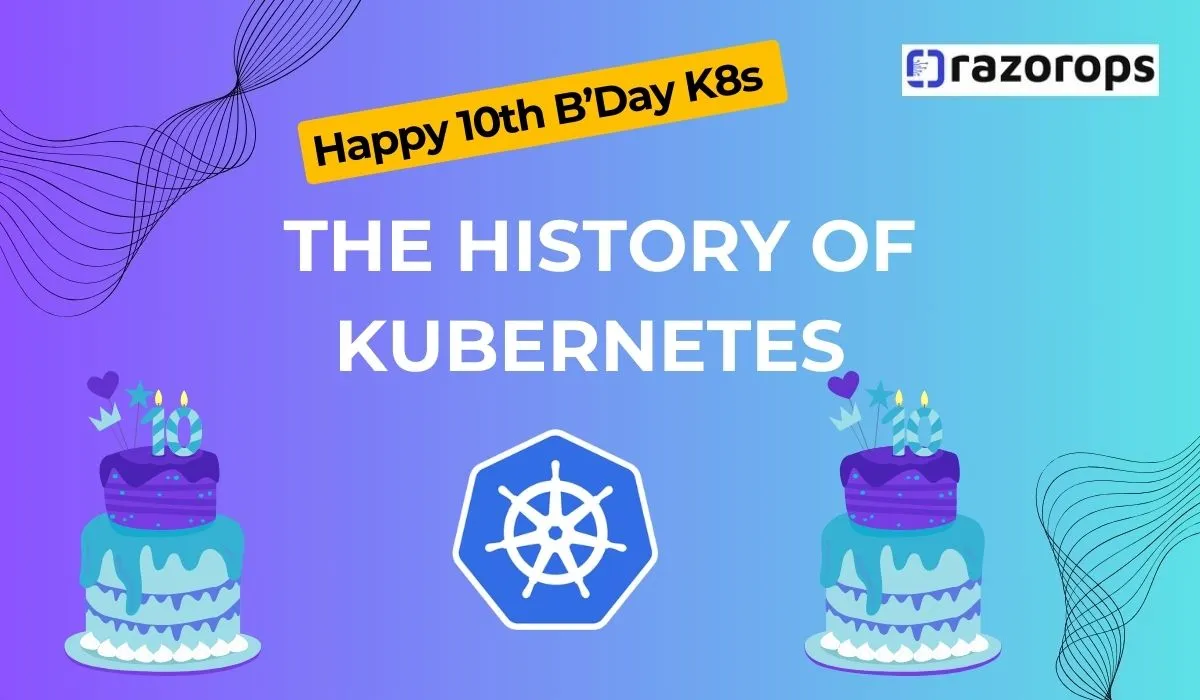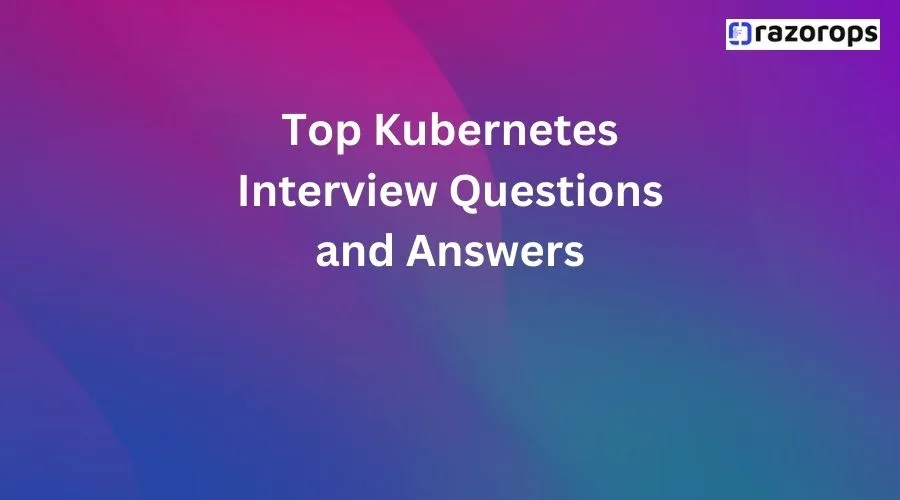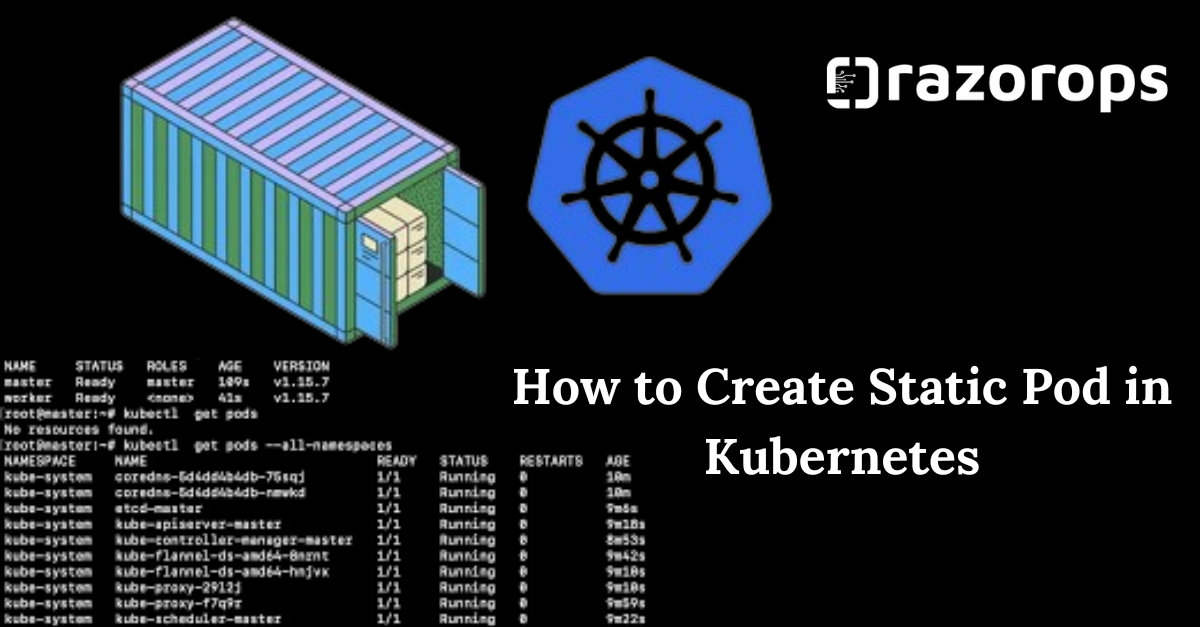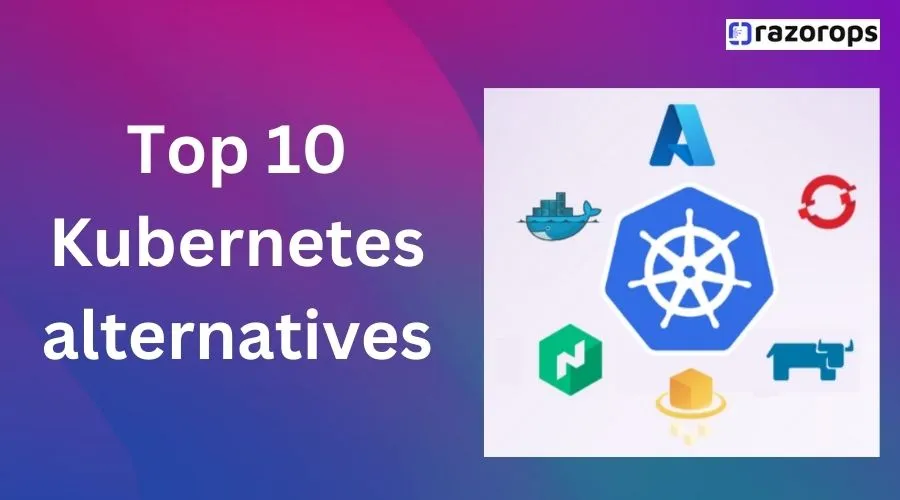K8s Exercise Labels and Annotations
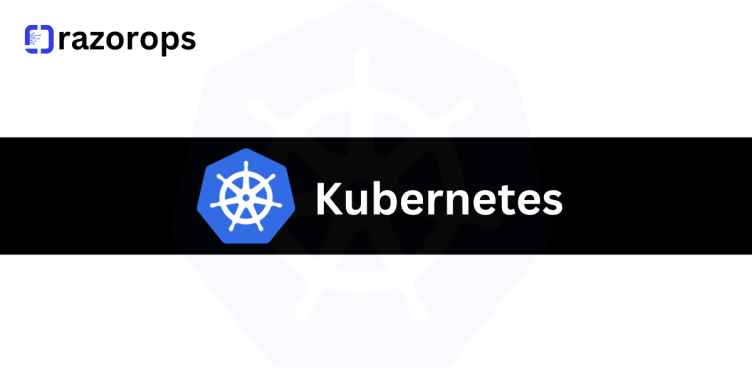
Kubernetes, often abbreviated as K8s, has revolutionised the way we manage containerized applications. It provides a robust platform for orchestrating and managing containers at scale. One of the key features that sets Kubernetes apart is its powerful metadata system, which includes labels and annotations. In this blog post, we’ll take a comprehensive look at how labels and annotations work in Kubernetes and how you can leverage them to enhance the management of your applications.
Understanding Labels:
What are Labels?
Labels are key-value pairs that are attached to Kubernetes objects, such as pods, services, deployments, and more. They are used to help categorize and identify resources in a flexible and expressive manner. Labels can be thought of as metadata that provides additional information about the objects they are associated with.
Key Characteristics of Labels:
Key-Value Pairs: Labels consist of a key and a corresponding value, both of which are user-defined.
Non-Unique: Multiple objects can have the same label, which allows for efficient grouping and classification.
Dynamic and Mutable: Labels can be added, modified, or removed from objects at any time, providing flexibility in managing resources.
Use Cases for Labels:
Grouping and Selecting Resources: Labels enable easy grouping and selection of resources based on shared characteristics. For example, you can label all the backend services of an application with ‘app: myapp’ to easily manage them together.
Facilitating Service Discovery: Labels are often used in conjunction with selectors to facilitate service discovery. Services can target pods based on their labels.
Supporting Rollouts and Rollbacks: Labels play a crucial role in Kubernetes deployments and can be used to manage rollout strategies and rollbacks by selecting specific versions or subsets of pods.
Deep Dive into Annotations:
What are Annotations?
Annotations are similar to labels in that they are key-value pairs. However, annotations are designed to hold non-identifying information about objects. Unlike labels, which are used primarily for querying and grouping, annotations are typically used to provide additional context, such as build timestamps, contact information, or other descriptive details.
Key Characteristics of Annotations:
Additional Context: Annotations offer a space for adding arbitrary metadata that can be useful for external tools or processes.
Non-Identifying: Annotations are not used by Kubernetes for identifying or selecting resources. They are primarily intended for external consumption.
Resource-Specific Information: Annotations can be applied to various Kubernetes resources, providing contextual information specific to that resource.
Use Cases for Annotations:
Documentation and Context: Annotations are a great way to provide extra context or documentation about a resource. For example, you might add an annotation with a link to relevant documentation.
Integration with External Tools: Annotations can be leveraged by external tools or controllers to make decisions or perform actions based on the information provided.
Auditing and Compliance: Annotations can be used to store compliance-related information, audit logs, or other metadata that is crucial for governance and compliance purposes.
Best Practices for Labels and Annotations:
Consistent Naming Conventions: Establish clear naming conventions for labels and annotations to ensure uniformity across your Kubernetes objects.
Avoid Sensitive Information: While annotations are not typically used for sensitive information, be cautious and avoid storing any confidential data.
Limit to Necessary Information: Avoid overloading objects with excessive labels and annotations. Only include information that is relevant and necessary.
Working with Labels
Applying Labels
You can apply labels to Kubernetes resources in several ways:
During Resource Creation: When creating a resource using a YAML manifest, you can specify labels directly in the manifest file.
Editing Resources: You can update labels on existing resources using kubectl edit.
Using kubectl Commands: The kubectl command-line tool provides various commands for managing labels, such as kubectl label and kubectl annotate.
Label Best Practices
Use Descriptive Names: Labels should have meaningful names. Avoid generic labels like “label1” or “tag,” as they can lead to confusion.
Consistent Labeling: Establish a consistent labeling scheme across your resources. This makes it easier to locate and manage resources.
Applying Multiple Labels: You can apply multiple labels to a resource. This flexibility allows you to categorize resources in multiple ways.
Label Selector: When using labels for resource selection, be sure to understand and utilize label selectors effectively.
Regular Review and Cleanup: Periodically review and clean up labels and annotations to ensure they remain relevant and up-to-date. Follow RazorOps Linkedin Page Razorops, Inc.



